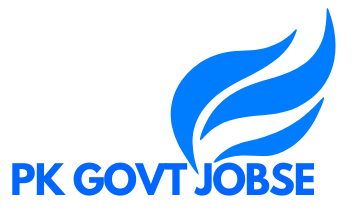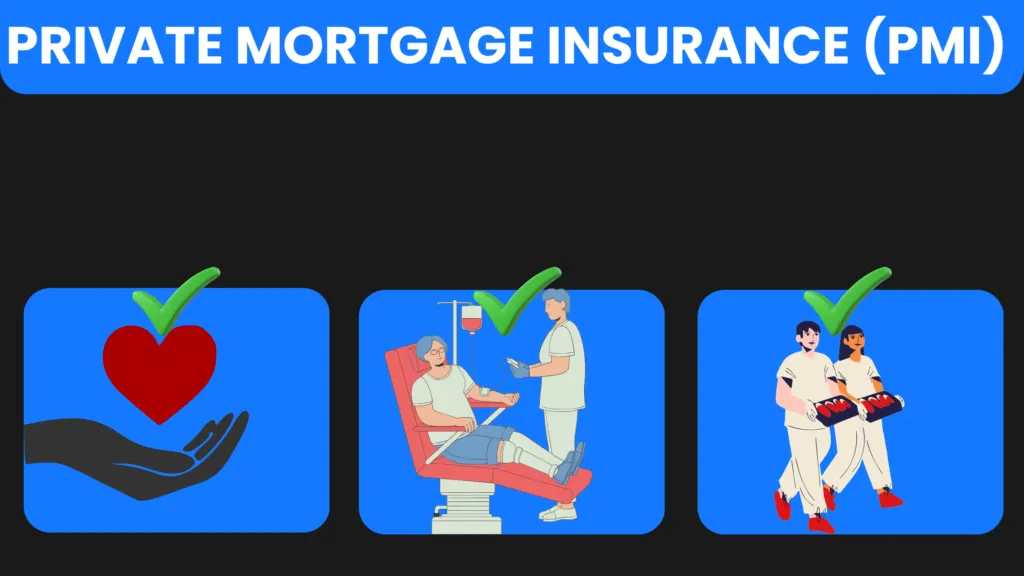When buying a home, many first-time buyers are surprised to learn about Private Mortgage Insurance (PMI), especially if they are unable to make a 20% down payment. PMI is often seen as an unnecessary expense, but it plays a crucial role in helping borrowers secure a home loan with a smaller down payment. In this article, we’ll break down what PMI is, how it works, and explore some effective strategies to avoid or eliminate this additional cost. Whether you’re new to the world of home loans or looking to refinance, understanding PMI is essential to making informed financial decisions and saving money on your mortgage.
What is Private Mortgage Insurance (PMI)?
Private Mortgage Insurance (PMI) is an important concept that homebuyers need to understand, especially when purchasing a home with a conventional mortgage. But what is PMI, and why do you need it? If you’re looking to buy a house and can’t afford a large down payment, this article will explain everything you need to know about PMI, how it works, and ways to avoid paying it to save money.
What is PMI and How Does It Work?
Private Mortgage Insurance (PMI) is a type of insurance that protects the lender in case you, the borrower, default on your mortgage loan. It’s typically required if you’re putting down less than 20% of the home’s purchase price for a conventional mortgage. PMI does not protect you as a homeowner. Instead, it provides financial security to the lender, ensuring they are covered if you cannot make your mortgage payments and the property goes into foreclosure.
Who Needs PMI?
If you are unable to make a 20% down payment when purchasing a home, PMI will most likely be a requirement. This insurance gives lenders peace of mind, knowing that in case of default, they can still recover part of their losses.
How Long Will You Pay PMI?
The good news is that PMI isn’t a lifelong commitment. Once you’ve built enough equity in your home—typically 20% or more—you can request to have PMI removed. Over time, as your home’s value increases or you pay down your loan, you’ll eventually reach that threshold and stop paying PMI.
Why Do Lenders Require PMI?
Lenders require PMI as a safety net when they approve loans with a down payment of less than 20%. The higher the loan-to-value (LTV) ratio, the greater the risk to the lender. PMI helps offset that risk by offering them a financial cushion.
How Much Does PMI Cost?
PMI costs can vary depending on several factors, including the size of your loan and the down payment. Typically, PMI can range from 0.3% to 1.5% of the original loan amount annually. For example, on a $200,000 loan, PMI could cost anywhere from $600 to $3,000 per year, which gets divided into monthly payments added to your mortgage.
Ways to Avoid Paying PMI and Save Money
If you’d prefer not to pay PMI, there are several strategies you can use. While PMI is sometimes unavoidable, these methods can help reduce or eliminate the cost.
1. Shop Around for a Loan That Doesn’t Require PMI
Some loan programs are designed to help homebuyers avoid PMI. For example, certain government-backed loans like USDA loans and FHA loans do not require PMI. These options are ideal for low- and moderate-income buyers who might not have the funds for a 20% down payment.
USDA Loans:
USDA loans are available to homebuyers in rural areas and are specifically designed for those with lower to moderate incomes. These loans do not require PMI, but they do have an upfront guarantee fee and annual fees instead.
FHA Loans:
FHA loans are another option that doesn’t require PMI, though they do have mortgage insurance premiums (MIP) which can sometimes cost more than PMI. The great thing about FHA loans is they have lower credit score requirements and smaller down payments.
2. Pay a Higher Interest Rate
Another option is to pay a higher interest rate in exchange for avoiding PMI. Some lenders offer this program, where instead of paying PMI, you accept a slightly higher interest rate. This can be a good solution if you want to avoid the added cost of PMI, but keep in mind that your monthly mortgage payments will be higher because of the increased rate.
3. Buy a Less Expensive Home
You may be pre-approved for a larger loan amount, but that doesn’t mean you need to max out that limit. By purchasing a less expensive home, you may be able to put down a 20% down payment and avoid PMI altogether. A smaller, more affordable home could be a wise choice, especially if it fits within your budget and financial goals.
4. Borrower-Paid Mortgage Insurance
With borrower-paid mortgage insurance (BPMI), you’re responsible for paying the PMI premium each month as part of your mortgage payment. However, this type of PMI can be canceled once you’ve built 20% equity in your home.
How to Cancel PMI:
Once your home’s equity reaches 20%, you can request your lender to remove the PMI requirement. To do so, you’ll need to demonstrate that your equity has reached the threshold, which may involve an appraisal. Once PMI is canceled, your monthly mortgage payments will be reduced.
5. Lender-Paid Mortgage Insurance (LPMI)
Lender-paid mortgage insurance (LPMI) is another option in which the lender covers the cost of the PMI. In exchange, you’ll typically pay a higher interest rate. This means you won’t need to worry about monthly PMI payments, but your monthly mortgage bill may be higher due to the increased interest rate.
Refinancing Your Mortgage to Eliminate PMI
If you’ve built up enough equity in your home, refinancing your mortgage could be a way to eliminate PMI. Refinancing allows you to take out a new loan, ideally with a lower interest rate and no PMI.
Steps to Refinance and Eliminate PMI:
- Reach 20% Equity: Ensure that your home has gained enough value or that you’ve paid down enough of your mortgage to achieve 20% equity.
- Compare Lenders: Shop around for the best refinancing options. It’s essential to check different lenders to ensure you find the best deal, as rates and terms can vary.
- Apply for Refinancing: Submit a refinancing application with the necessary financial documentation.
- Underwriting and Appraisal: The lender will process your application and request an appraisal to confirm the home’s value. This will help verify if you’ve reached the 20% equity mark.
- Review the Closing Disclosure: After underwriting and approval, the lender will send you a Closing Disclosure that outlines the new terms and costs associated with refinancing.
- Attend Closing: Finally, you’ll sign the new loan documents, and the refinancing process will be complete. At this point, PMI will be removed, and your payments may be lower.
- /
Conclusion
Private Mortgage Insurance (PMI) is a tool used by lenders to protect themselves when borrowers are unable to make a 20% down payment. While it can feel like an added cost, there are ways to reduce or eliminate PMI over time. By shopping for the right loan, paying higher interest rates, or refinancing your mortgage, you can save money and reach a point where PMI is no longer necessary.
FAQs
1. Can I cancel PMI if I put down less than 20%?
Yes, once you’ve built up 20% equity in your home, you can request to cancel PMI.
2. Does PMI cover me as the homeowner?
No, PMI only protects the lender in case of default. It does not provide coverage for the homeowner.
3. How can I avoid PMI without refinancing?
Look into loan programs such as USDA or FHA loans, or consider paying a higher interest rate.
4. Will PMI go away automatically once I reach 20% equity?
It may not go away automatically. You may need to request that your lender cancel PMI once you reach 20% equity.
5. How much does PMI cost?
PMI costs typically range from 0.3% to 1.5% of the original loan amount, depending on factors like the loan size and down payment.

